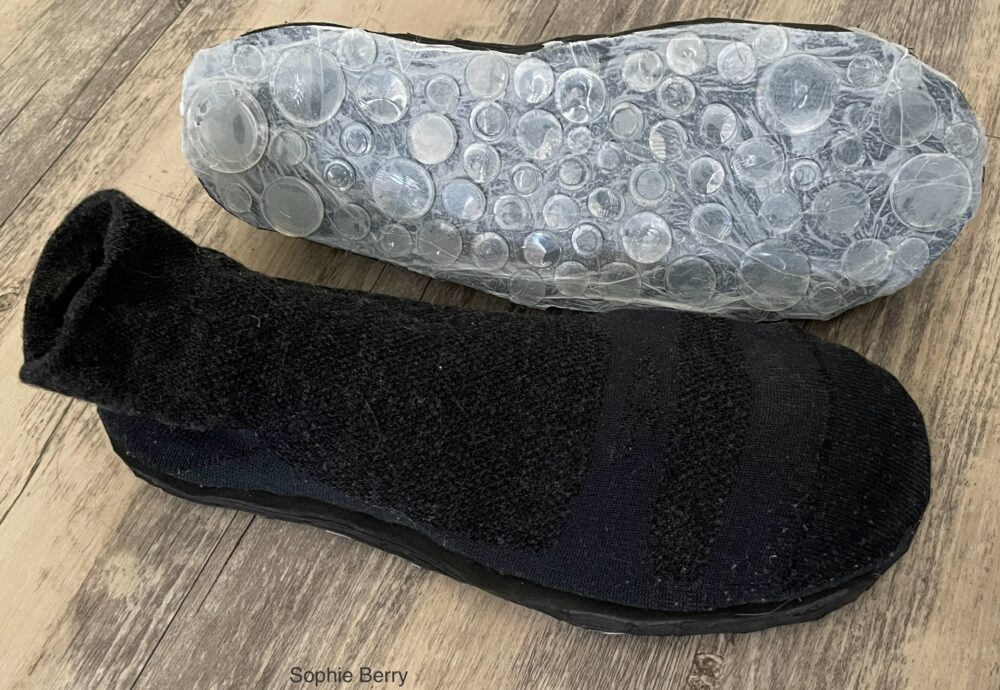
Aesthetic selection:
I was interested in incorporating a minimalist aesthetic into my design which specifically could be described as clean, refined, and functional. By doing so I wanted my project to look visually interesting and not over complicate the overall purpose. Also I thought if I kept to a simple and practical aesthetic it would allow me to focus more on the application and usefulness of the idea. While not needing to have a physical use I tried to incorporate a practical use because I thought it would cause the viewer to contemplate more and make them able to picture themselves possibly using the design.
Ideation Phase:
For this phase I had a few ideas for what my Upcycling Project might be. The types of material that I would need to work with drew me to some of these ideas. For most of the potential projects I already had a small bit of experience with the materials I would need to work with and thought it would be interesting to develop my experience further. Or if I hadn’t worked with material before I already had a rough idea of how I might go about making the project.
- recycling bikes: take pieces of bikes found for a low cost and make functional bikes out of them. It would be exciting to try and make them like Dutch bikes.
- stool: take existing stool and make it into a toad (mushroom) stool
- upcycling clothes: Old clothes pieces of clothes and turn them into new ones
- Shoe design: make shoes that are upcycled
- tent: make them out of tarp that can be packed away into itself
- recycling pieces: to turn plastic into a new usable material
Finalizing the Project Topic:
I decided on the Upcycle shoes as my upcycling project because I already had some materials that might have been useful in this project. Also the project incorporated some of the concepts I would have used in some of the other projects. I had brainstormed about using different materials like fabric/ fabric like materials, possibly recycling other parts of clothing, and the potential to recycle plastic which I thought I could incorporate into this project. I was Intrigued by this project because it presented unique challenges not only because I had never made shoes before, but because it also required creativity in relation to overcoming constraints like the upcycling factor, time, skill, low cost resources, etc.
I had a few different examples online that I thought would fit for the idea that I was going for. Two of them were sock like shoes with the base being a sock with possibly some support from within and then to add traction a rubber like layer to protect the feet from sharper objects. I had also looked into toe shoes because of their minimalist design around the foot. Finally, I looked at slip-on shoes that had no laces and the fabric was what kept the shoe on one’s foot. From a quick google search online I thought these looked nice because of the simple color scheme and minimal look of the fabric.
From the research I concluded that I wanted to design a modest looking shoe that hopefully lets the wearer “feel” the ground and not just encase the foot in rubber, foam, and fabric.
Design Notes and Sketches:
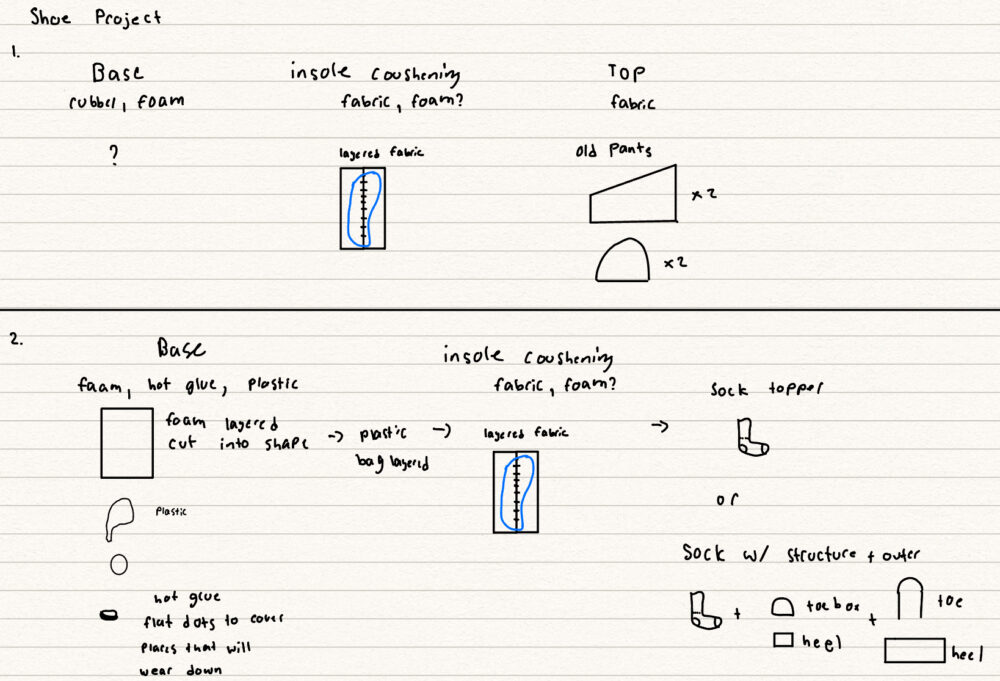
Notes: Sock (to give a foot like shape)
Cushioning layer
Outer protective layer with plastic gritty bit
Adhesion between the sock and protective layer
- Cushioning in the sock
- Way to tighten or loosen
- Protective exterior with grip
- Sock like on the top
- Nice to have replaceable soles
The Making:
Materials needed to make sock shoes:
- Old pair of socks
- Plastic shopping bag
- Layered fabric belt
- Foam sheets
- Felt
- Hot glue
- Thread
- Pins
- Fabric glue
- Scissors
- Sewing machine
I started by making the insoles. I did this by taking the layered fabric belt that I found and cut it to my foot length giving myself a bit of extra room to trim it into a foot shape later. I used the sewing machine to attach two of the pieces side by side giving me the width of my foot. Then I traced my foot and cut around the outline. To make sure that the edges would not frayed and come apart I used the sewing machine again to trace around the outline of the insole.
To give the insole more cushioning I traced and cut out felt, and foam. Which I sewed by hand onto the top of the previous piece.
After I had the insole made I moved onto the sole of the shoe. I used more foam sheets layering four foot sized pieces together and then gluing them to make one layer of foam. I set those aside and to dry and started forming the top of the shoe made with an old pair of socks. I carefully cut into the bottom of the sock leaving the toe and heel intact so I would have some material to attach the sole of the shoe to. By sewing the sole and sock together using the underside of the sock and on the side it would hide the stitching and give more room to the foot while in the shoe. I also cut off the top of the sock to make them more like ankle socks. This would allow better usability to get the shoes on and off.
Again I sewed the sole of the shoe and the sock together by hand using the underside of the sock as a way to hide the stitching and give more room to the foot. Additionally, since I cut off the top of the sock and I did not want it to fray and start unraveling I sewed the top down using pins to keep the fabric in place as I sewed.
Because the sole of the shoe was made of foam I also considered making the shoe water resistant. I was not too concerned about making them completely waterproof because of the breathability, quick drying, and cost factors making them fully waterproof it would affect. So using a plastic shopping bag upcycled that and added it as the water resistance layer to my shoes.
After letting the glue set for the plastic bag layer I moved onto the tread of the shoes I had thought of using a rubber mat but I wasn’t able to find one for a reasonable price. So I decided to use the rubbery nature of hot glue. I had a bit of trouble deciding on the form of the grips and tried making them into a triangle shape because I thought if I wore through them then they would be an easy shape to replace. However I was not satisfied with the resulting aesthetic because I thought they did not look very clean. So I switched to the circle design which I ended up making about 60 hot glue dots for each shoe.
Functional and artistic goals:
I think that functionally these partially meet my goal of being functional. I think that they would hold up to minor use but as fully functioning everyday shoes they are not designed for that. They are a concept shoe that demonstrates the features and aesthetic that with proper machinery could achieve a more polished finished product. Aesthetically I think the shoes fit the minimal aesthetic. The color choice and form of them are minimal in nature.
The Purpose of the Shoe:
There is an additional note that I would like to make which is the ideas behind these shoes that I wasn’t able to mention earlier which impacted how I designed the shoes. That being the idea that I wanted the shoe to be more repairable than the modern sneaker. Today I think most people throw shoes away after the show gets old and the fabric and tread wars out. With these I wanted to think about how I might extend the life of the shoe so the tread could be replaced, foam could be added to, the insole interchanged and the top fabric swapped out. I think if I were to refine this artifact something that I would like to add is shoe shoe patches that cover the fabric of the original shoe when it starts to wear away and tread piece that can be glued onto the sole of the shoe to replace the tread.
______________________________________________________________________________________________________
Citation:
https://www.amsterdam-bicycle.com/shop/bicycles/azor-amsterdam-gents-premium-stock/
https://www.pexels.com/photo/rolls-of-assorted-fabrics-and-textiles-and-sewing-patterns-inside-tailor-atelier-3965543/
https://www.worldmarket.com/p/round-faux-sherpa-mushroom-upholstered-storage-ottoman-114165.html
Skinners sock shoes:https://skinners.cc/en/skinners-comfort
Sock shoe: https://thesockshoes.com/
Toe shoes: https://www.vibram.com/us/shop/fivefingers/men
Slip on shoes: https://vessi.com/products/mens-everyday-move-slip-ons-onyx-black
Additional research on parts of the shoe:
Parts of a shoe: https://www.nike.com/a/parts-of-shoe-anatomy
Shoe basics video: https://m.youtube.com/watch?v=6iCIq20htdQ
Types of foam: https://foamonline.com/foam-types/
______________________________________________________________________________________________________
Prompt: Post 5: Upcycle Design Report
- Your title should be the name of your artifact, not ‘Upcycle Project’. Set a Featured Image.
- OK to cut and paste from Inspiration, and Progress posts.
- Describe and cite your inspirations and any existing designs that you adapted. You must cite ALL content on your blogs for this course!
- Describe your vision for your project, the specifications that you developed for its function and its form, your artistic vision and aesthetic. What were you trying for? Specifically Name your aesthetic. Where is it from? What characteristics define it?
- Add a detailed description of your fabrication process. Document with lots of sketches, photos or video. Minimum 5 photos, or 1 minute video.
- An illustrated description of the final artifact. Again, photos, videos, cad drawings as appropriate. Full description of the actual artifact.
- Compare what you achieved to your FUNCTIONAL goals.Compare what you achieved to your ARTISTIC goals. This is your aesthetic, your metric. Point out how your object does or doesn’t satisfy your stated aesthetic.
- What is next? Will you refine this artifact? Keep it, recycle it, try again someday?

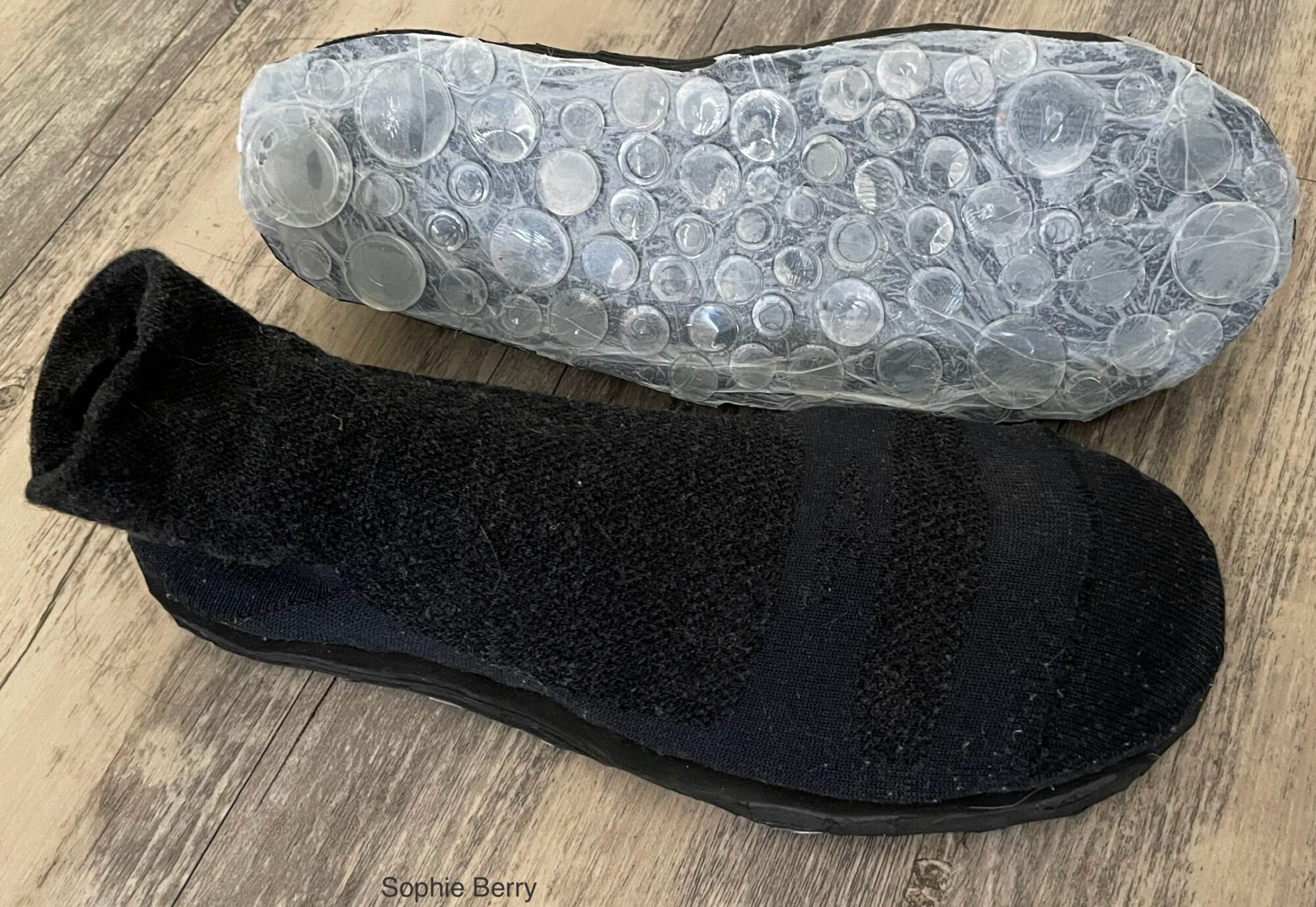
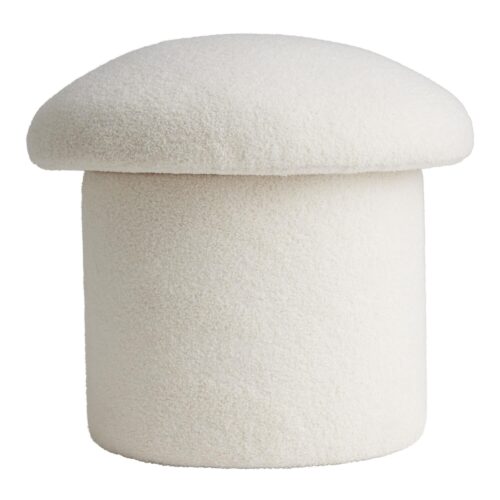
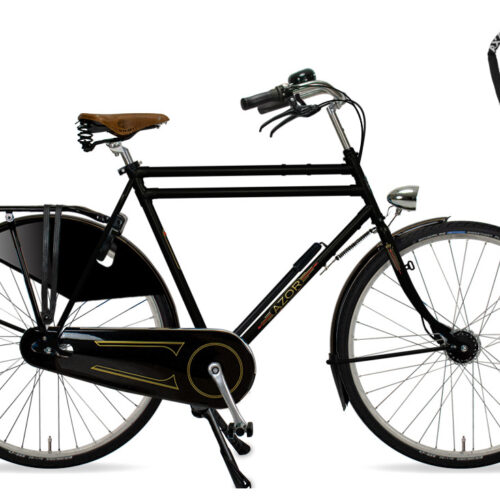
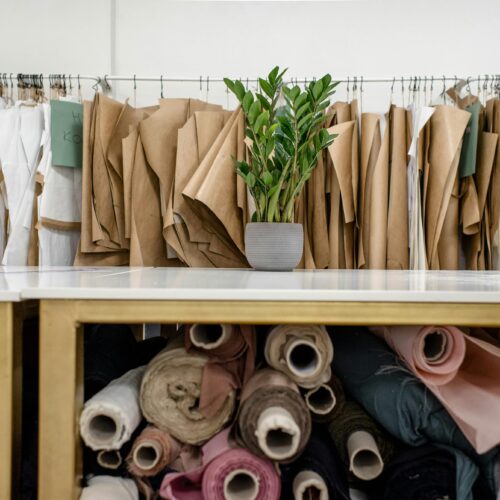

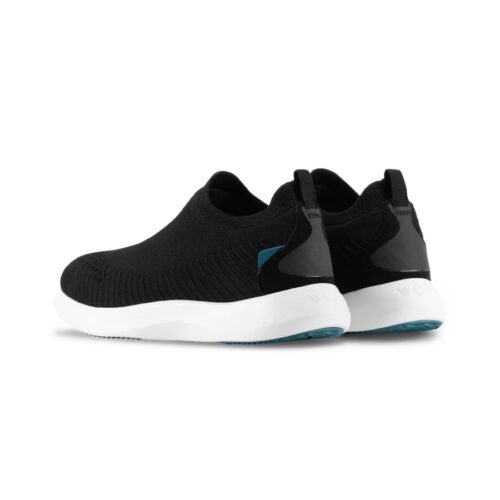
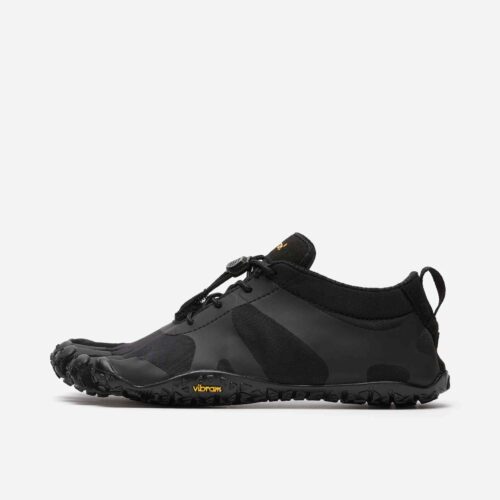

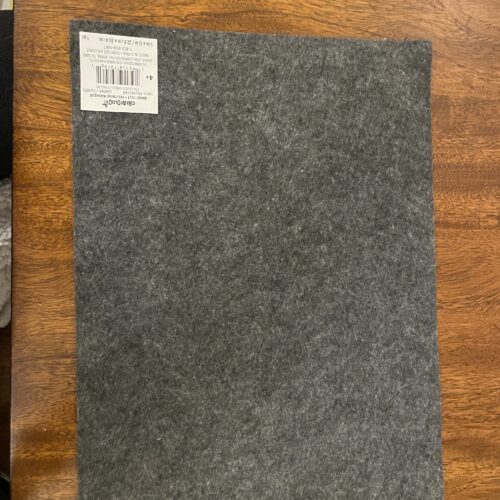
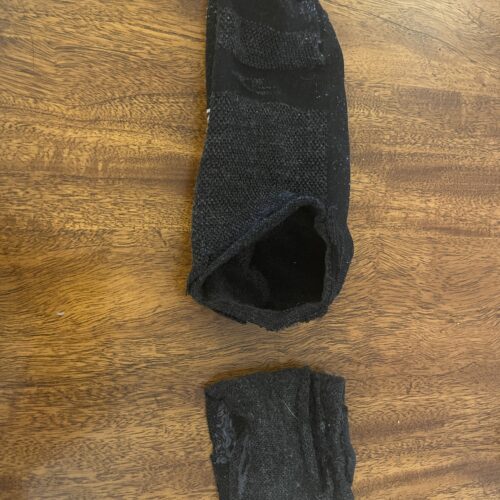
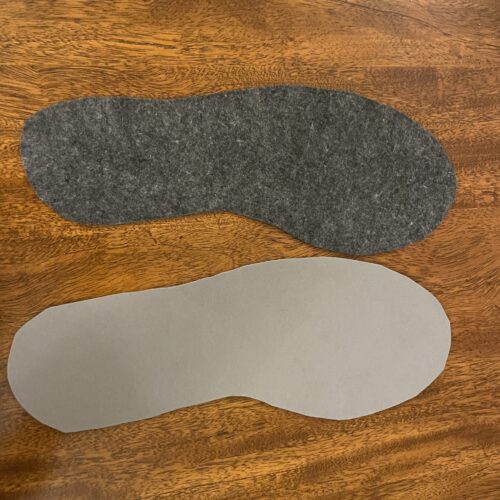
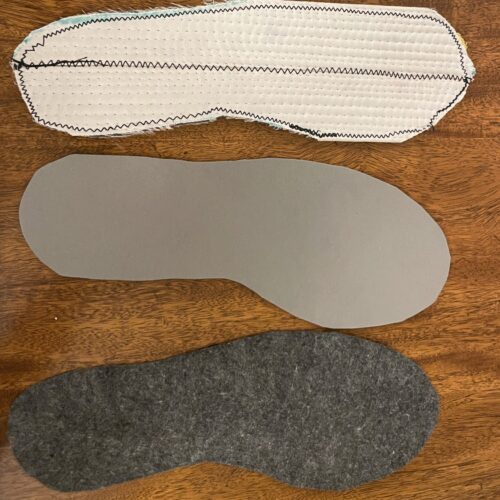

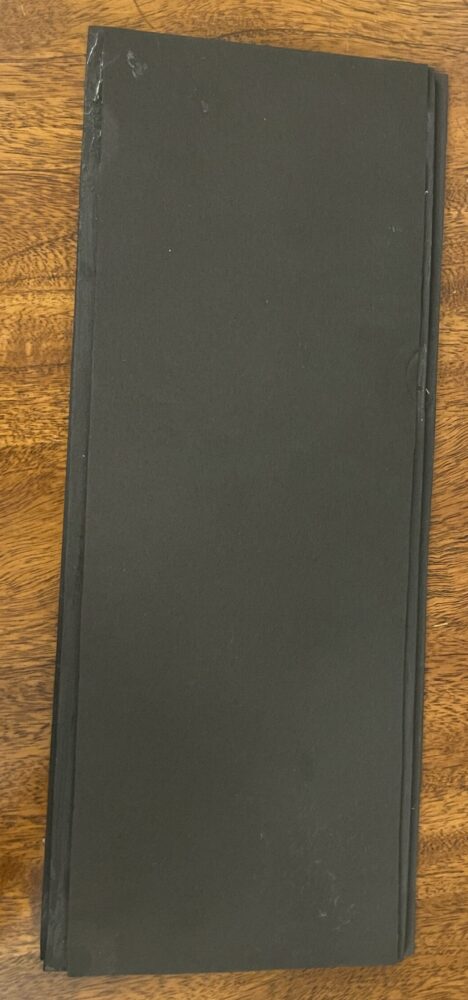
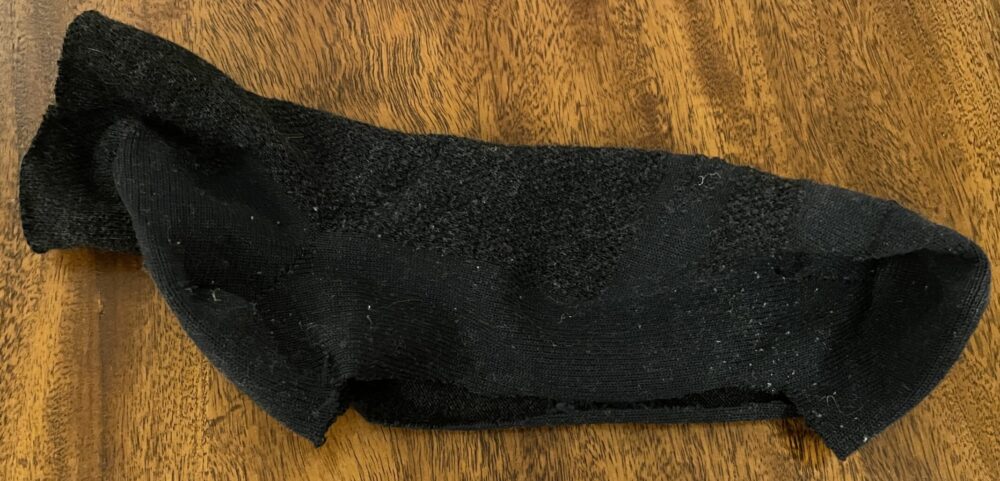
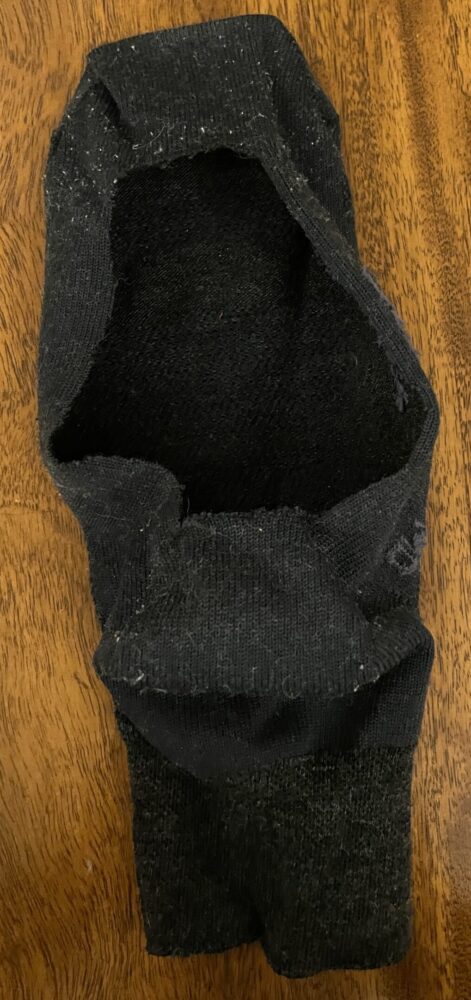

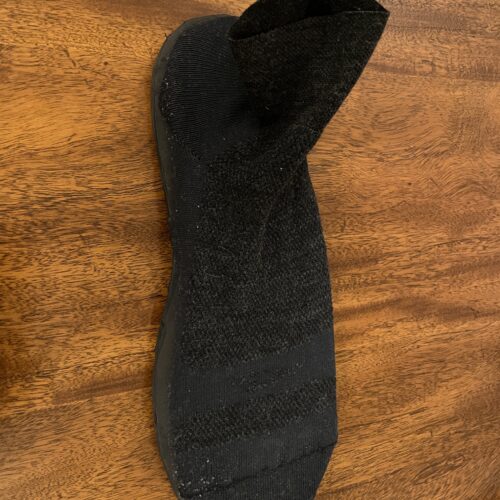
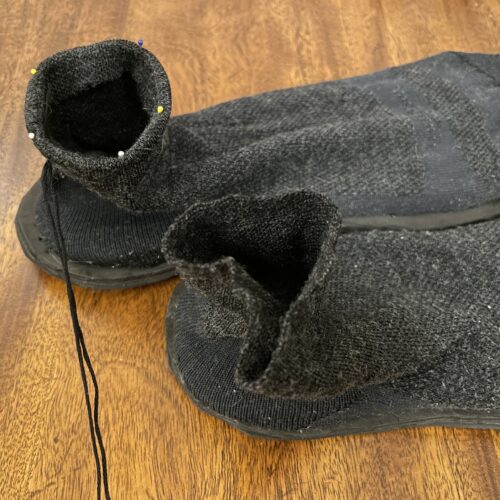
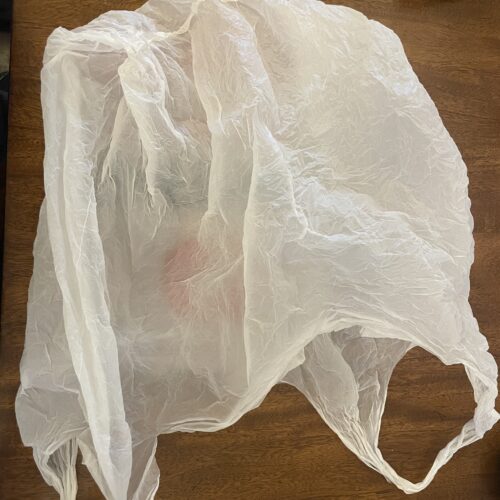
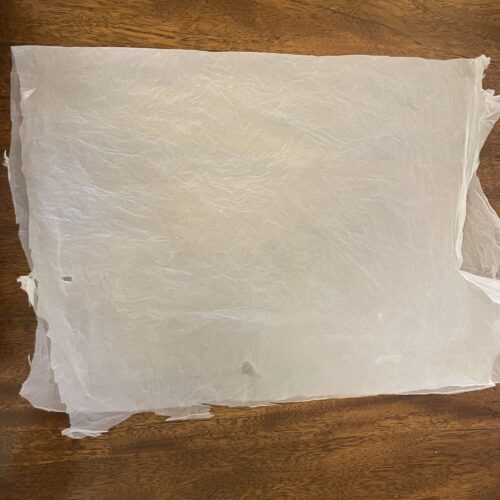
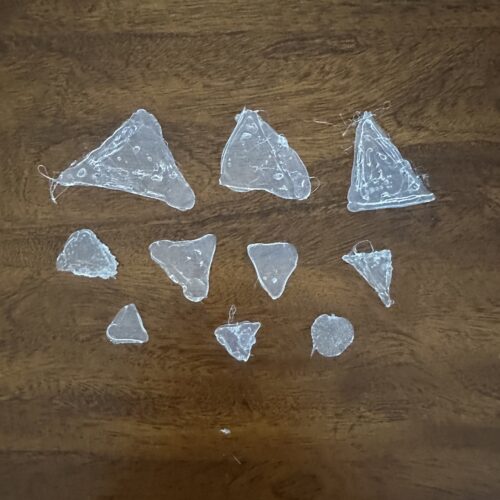
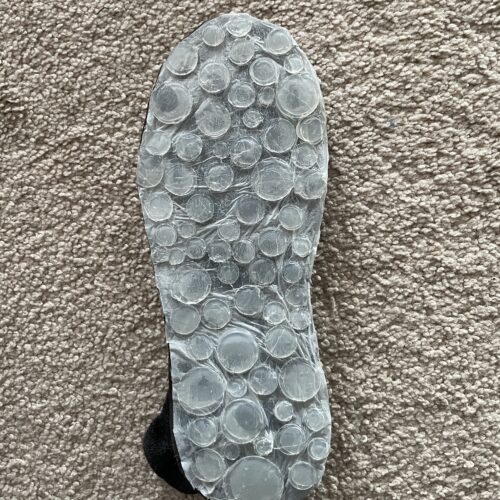
2 Comments. Leave new
This is a great project! I love the idea of upcycled shoes, and Sophie Berry’s minimalist aesthetic is really cool. It’s important to consider both practicality and repairability when designing shoes, and it sounds like Sophie has thought carefully about both of these factors. I’m curious to see how the shoes are made – maybe Sophie could share a tutorial on her process?
Have you heard of sock shoes? They combine the feel of socks with the protection of shoes, and they’re great for all sorts of activities. Comfy Sock Shoes sells a variety of sock shoes that might be a good fit.
An upcycled shoe, how cool! I absolutely love your last note on how this shoe is designed to be repaired as way too many consumer products these days are made with cheap materials and break easy, and that this design has intent to repair. Design for repair is an extremely important factor in everything from shoes, all the way up to satellites, and was often a key factor in older products (why old refrigerators last forever) and is very sadly missing from modern products, it needs to come back! Nice job Kevin!